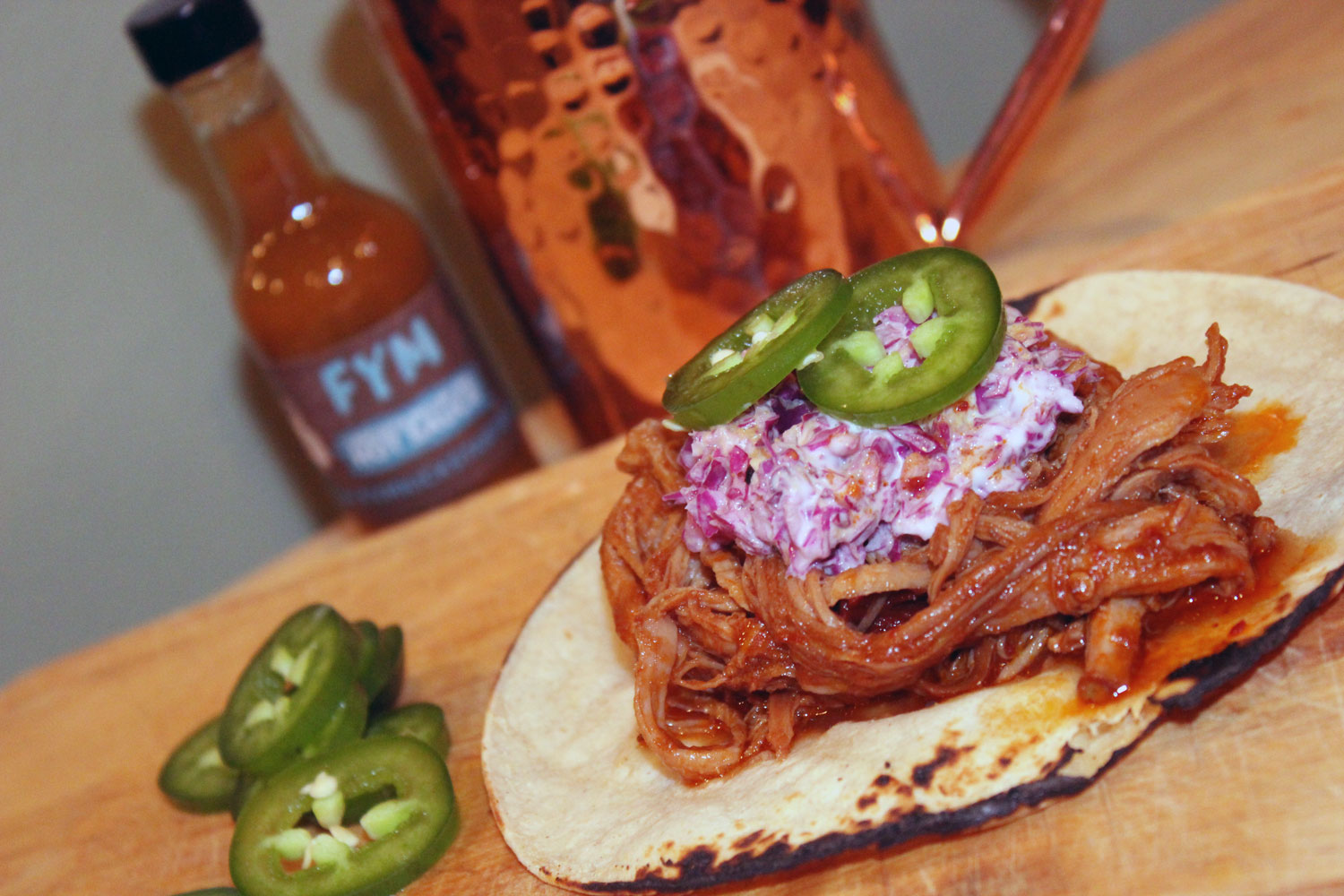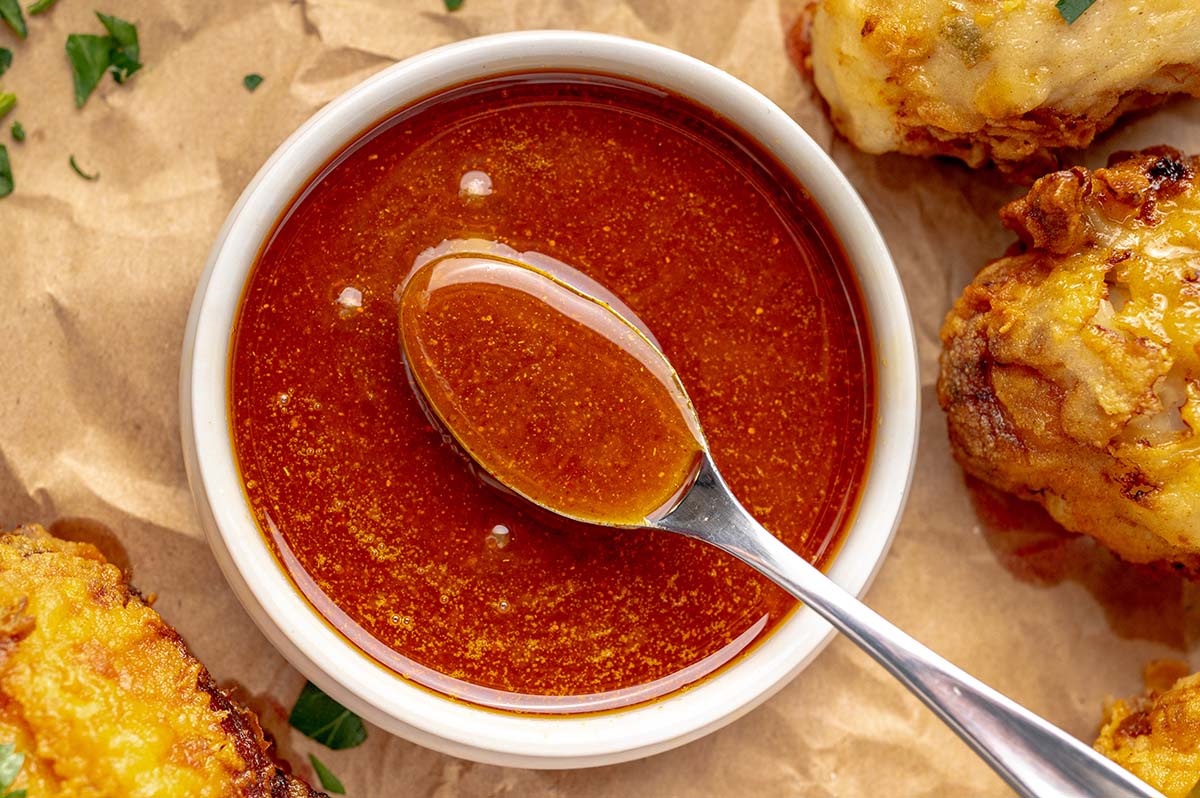Life-Changing Hot Sauce: How to Make Hot Sauce Without Fermenting?
Written By James Morgan
Are you ready to dive into the exciting world of spicy flavors? If yes, then you're in for a treat! In this article, we will explore how to make hot sauce without fermenting, creating an explosive condiment that will elevate your barbecues and meals. You need not be a culinary expert; the steps are straightforward, and the results will leave you and your guests feeling delighted.

The Basics of Hot Sauce
Before delving into the recipe, lets cover the essentials. Hot sauce typically contains three primary ingredients: peppers, acid, and salt. By skipping fermentation, we're opting for simplicity and speed. Lets understand the significance of each component:
- Peppers: The backbone of your hot sauce, peppers come in a wide variety, each offering different heat levels and flavors. Select your favorites from jalapeos, habaneros, or even chipotle for a smokier flavor.
- Acid: Acid helps preserve your hot sauce and adds brightness. Options include vinegar, citrus juice, or even wine.
- Salt: A crucial ingredient that enhances flavor while also acting as a preservative.

Gathering Your Ingredients
For your homemade hot sauce, you will need the following:
- 1 cup of fresh peppers (your choice, chopped)
- cup of white vinegar (or apple cider vinegar for a twist)
- 1 tsp of salt (adjust to taste)
- Optional: garlic, onion, or sugar for flavor variations

Methods For Making Hot Sauce
Heres a basic outline of how to make hot sauce without fermenting. The process can easily be modified, depending on your taste preferences and the ingredients available.
Step 1: Prepare the Peppers
Start by washing your peppers. Feel free to mix different varieties to create a unique flavor. Cut off the stems and chop them. If you prefer a milder sauce, remove the seeds to decrease the heat level.
Step 2: Blending the Ingredients
Put the chopped peppers, vinegar, and salt (plus any optional ingredients like garlic or onion) into a blender. Blend until you achieve a smooth consistency. Adjust seasoning and acidity according to your flavor preference.
Step 3: Cooking the Sauce
Transfer the blended mixture into a saucepan. Heat it on medium-low heat, allowing it to simmer for about 10-15 minutes. This cooking process helps develop deeper flavors and ensures the vinegar blends well with the base.
Step 4: Storing Your Hot Sauce
Once cooking is complete, let the sauce cool. Pour it into sterilized bottles or jars while still warm. This helps retain freshness. Store your homemade hot sauce in the refrigerator. The flavors should deepen and improve as it rests!

Creative Variations to Consider
Don't hesitate to experiment beyond the basic hot sauce recipe. Add fruits like mango or pineapple for a sweet and spicy twist, or herbs like cilantro for a fresh taste.
Why Skip Fermentation?
Many hot sauce recipes recommend fermentation for the depth of flavor it provides. However, this method requires patience and know-how. By learning how to make hot sauce without fermenting, you can whip up batches on a whim, perfect for last-minute barbecues or gatherings.
FAQs about Hot Sauce
Here are some common questions.
Q1: How long can homemade hot sauce last?
A1: Homemade hot sauce can generally last up to 6 months if stored in the refrigerator due to the vinegar's preservative qualities. For more information, refer to this article on hot sauce longevity.
Q2: Can I use frozen peppers for my sauce?
A2: Certainly! Frozen peppers are suitable when fresh ones are not available. Just remember to thaw them before use.
Q3: Is hot sauce healthy?
A3: Hot sauce can be healthy in moderation. It can add flavor without added calories. For more insights, check this link.
As an Amazon Associate, I earn from qualifying purchases.



